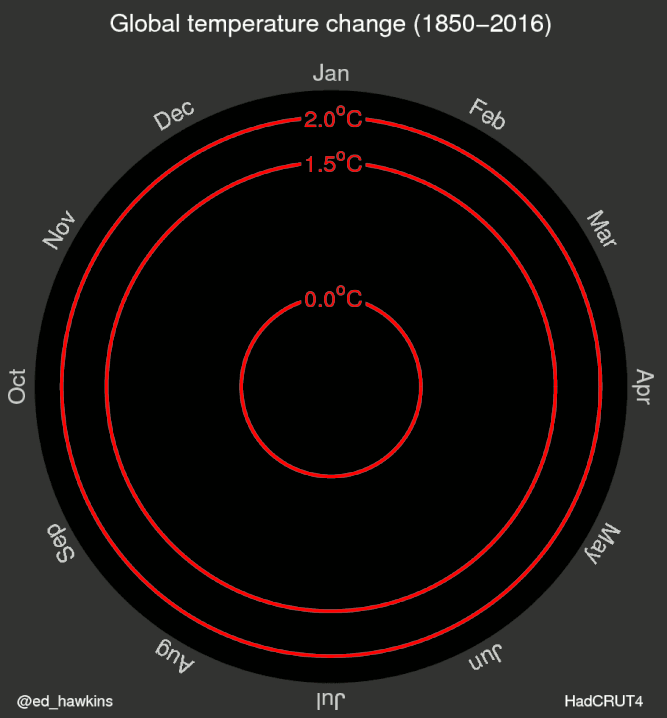
Originally shared by Joel Carlson

Originally shared by Joel Carlson

At first glance it looks like a moonlit mountain scene, but on closer examination several strange things become apparent.
First, gravity is wrong for a mountainscape. There are many loose boulders sprinkled around in places where they would slide away, if this was a view of earth.
Second, in the sandy (sand??) area in the lower right there appear to be dune-like ripples, which normally form from wind, which would imply some kind of atmosphere. But of course, this comet is floating in outer space, and has an extremely weak gravity.
But third, there appears to be some kind of haze in the photo. Perhaps dust, perhaps gas coming from the comets interior. Does this have any relation to the dune-like features.
Originally shared by John Baez
Network Theory
The world needs some new kinds of math, which deal with networks. So, check out this video! I start with a quick overview of network theory, and then begin building a category where the morphisms are electrical circuits – a warmup for more complicated kinds of networks. You can also read lecture notes:
• Network theory (part 30), http://johncarlosbaez.wordpress.com/2014/10/03/network-theory-part-30/
With luck, this video will be the first of a series. I’m giving a seminar on network theory at U.C. Riverside this fall. I’ll start by sketching the results in this new paper:
• John Baez and Brendan Fong, A compositional framework for passive linear networks, http://math.ucr.edu/home/baez/circuits.pdf
A couple of weeks ago I talked about having a Hangout on Air, but I didn’t get my act together in time to set one up with a camera of high enough quality to make my writing readable on the long whiteboard in this room. So, I decided to use a videocam provided by U.C. Riverside. It can’t hook up directly to my laptop, since I don’t have FireWire, but it creates mp3 files that I can upload later. These have a maximum length of about 30 minutes, but using Windows Live Movie Maker it was easy to stitch them together into a single file. Then I uploaded this to YouTube.
So, that’s the best I’ve been able to do so far. If you have questions about the seminar, you can ask them here – or even better, on the Azimuth blog, where the conversation has already started, and you can write in TeX:
• Network theory seminar (part 1), http://johncarlosbaez.wordpress.com/2014/10/11/network-theory-seminar-part-1/
In the future, I’ll announce seminar videos on that blog.
I thank Blake Pollard for filming this seminar, and Muhammad “Siddiq” Siddiqui-Ali for providing the videocamera and technical support.